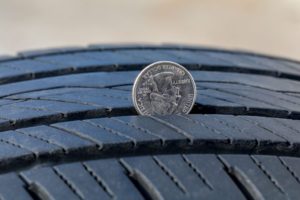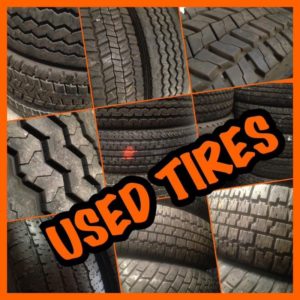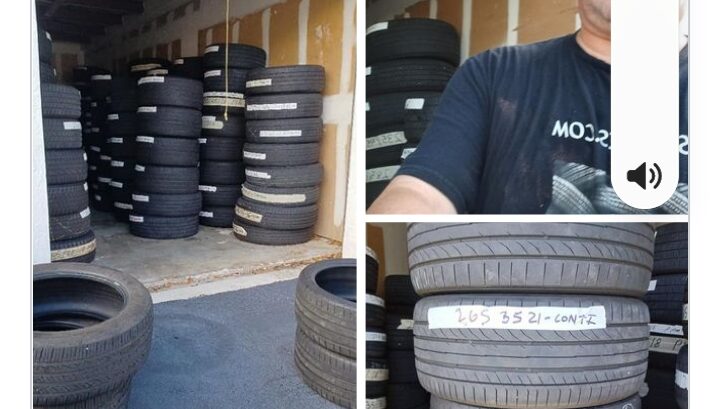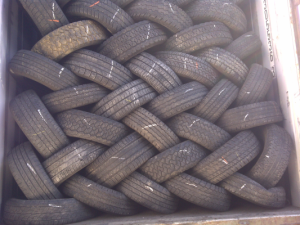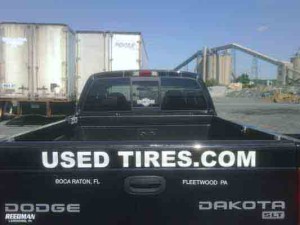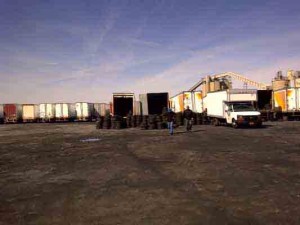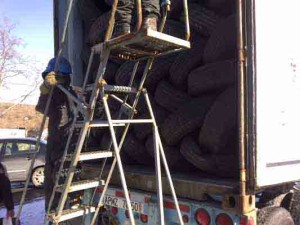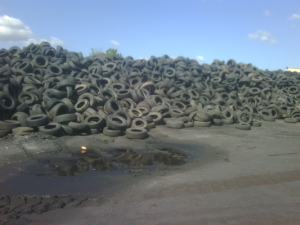
USED TIRE NEWS- Usedtires.com- NO IT IS NOT USED CAR TIRES CAUSING THE DEATH IT IS CHEMICALS FROM ALL TIRES IN USE WASHING INTO THE WATERWAYS AND THE N KILLING SOHO SALMON A RECENT STUDY SAYS. In a world with many pollution issues and tires have many chemicals in their composition a new study has revealed the following about the hazard of tire s when they denigrate.
This website supports the used tire industry and is a news source for tire dealers worldwide.
The Guardian-
Pollution from car tires is killing off salmon on US west coast, study finds
Mass die-offs of coho salmon just before they are about to spawn have been traced to tire fragments washed into streams by rain
Coho salmon, which can grow to 2ft in length, spend their lives in the ocean but return to the US Pacific coast to spawn.
Coho salmon, which can grow to 2ft in length, spend their lives in the ocean but return to the US Pacific coast to spawn. Photograph: NOAA/Alamy
Sign up for the Guardian’s First Thing newsletter
Pollution from car tires that washes into waterways is helping cause a mass die-off of salmon on the US west coast, researchers have found.
In recent years, scientists have realized half or more of the coho salmon, also known as silver salmon, returning to streams in Washington state were dying before spawning. The salmon, which reach 2ft in length, are born in freshwater streams before making an epic journey out to sea where they live most of their adult lives. A small number then return to their original streams to lay eggs before dying.
Fears for a million livelihoods in Kenya and Tanzania as Mara River fish die out
Read more
The cause of the die-off has remained a mystery but a new study, published in Science, has seemingly found a culprit. When it rains, stormwater carries fragments of old car tires into nearby creeks and streams. The tires contain certain chemicals that prevent them breaking down but also prove deadly to the coho salmon.
“The salmon would be inexplicably dead, which is tragic because this beautiful wild animal should be culminating its life and then it’s suddenly dead,” said Jenifer McIntyre, an assistant professor of aquatic toxicology at Washington State University. “The more we look, the more we find it. In some years all of the fish we find dead did not spawn.”
Samples taken from urban streams around Puget Sound, near Seattle, and subsequent laboratory work identified a substance called 6PPD, which is used as a preservative for car tires, as the toxic chemical responsible for killing the salmon. It’s currently unclear how it kills the fish but McIntyre said it was likely to be an “acute cardio-respiratory problem”.
The finding suggests that fish and other creatures elsewhere in the US and around the world are also at risk from the car tire chemical. Animals are being “exposed to this giant chemical soup and we don’t know what many of the chemicals in it even are”, said co-author Edward Kolodziej, an associate professor at the University of Washington.
Researchers Jenifer McIntyre, from left, Edward Kolodziej and Zhenyu Tian investigate the salmon die-off at Longfellow Creek, an urban creek in the Seattle area.
FacebookTwitterPinterest
Researchers Jenifer McIntyre, from left, Edward Kolodziej and Zhenyu Tian investigate the salmon die-off at Longfellow Creek, an urban creek in the Seattle area. Photograph: Mark Stone/University of Washington
Advertisement
“Here we started with a mix of 2,000 chemicals and were able to get all the way down to this one highly toxic chemical, something that kills large fish quickly and we think is probably found on every single busy road in the world,” Kolodziej added.
The nature of the threat facing coho salmon has been unclear since the fish were first seen “rolling” down streams, unable to swim upright, in the 1990s, McIntyre said. In an undisturbed riparian area it would be extremely rare for a coho salmon to die before laying its eggs but a growing sprawl of roads, cars and buildings near waterways has coincided with a surge in pre-spawning deaths. A reduction in 6PPD use or buffers to prevent the flow of pollution could help stem the loss of salmon, McIntyre said.
Race to exploit the world’s seabed set to wreak havoc on marine life
Read more
Coho salmon are federally listed as either threatened or endangered along the US west coast and have diminished greatly from highly developed areas, such as near San Francisco. They are just one species of salmon facing an array of threats from dams, polluting and the climate crisis.
This summer, federal authorities gave permission for a cull of hundreds of sea lions along the Columbia River basin in a desperate attempt to save declining numbers of Chinook and sockeye salmon. More recently, the US government decided to block a proposed gold and copper mine in Alaska that would have threatened the world’s largest wild salmon run.
“Most species of salmon are experiencing a serious threat at least somewhere in their native range,” said McIntyre. “One of my lifelong goals would be to make our cohabitation with them more sustainable. Salmon are beautiful and delicious and important to ecosystems but they are becoming a rare thing for people to experience.”
